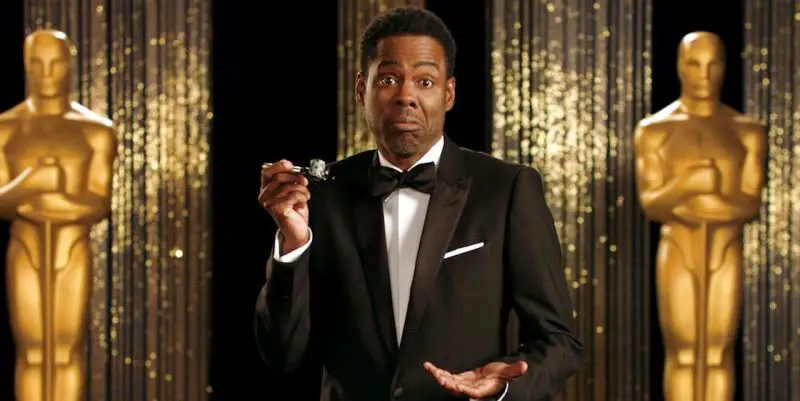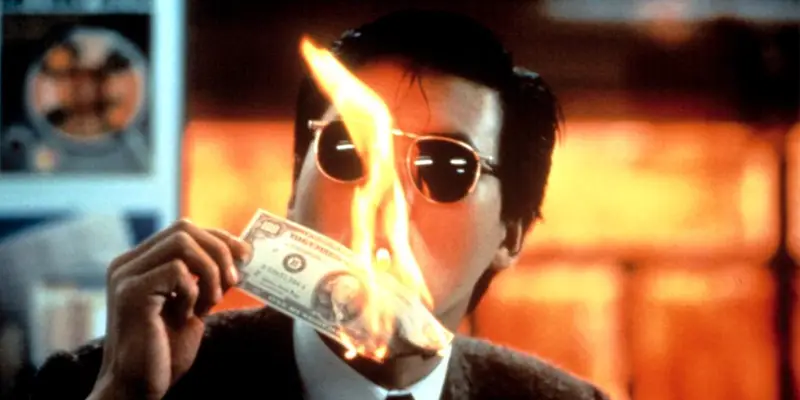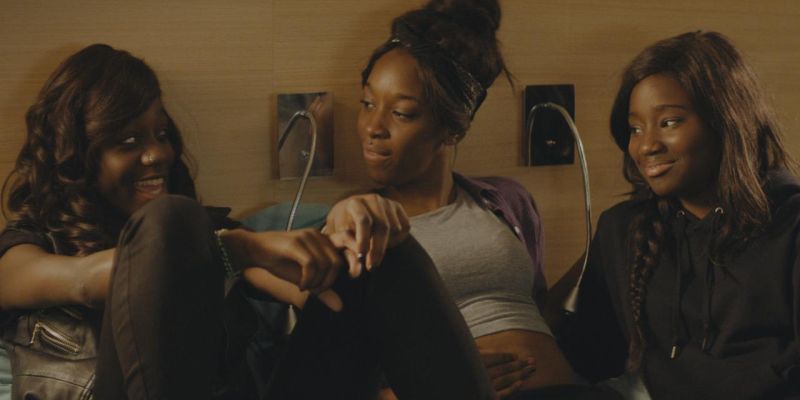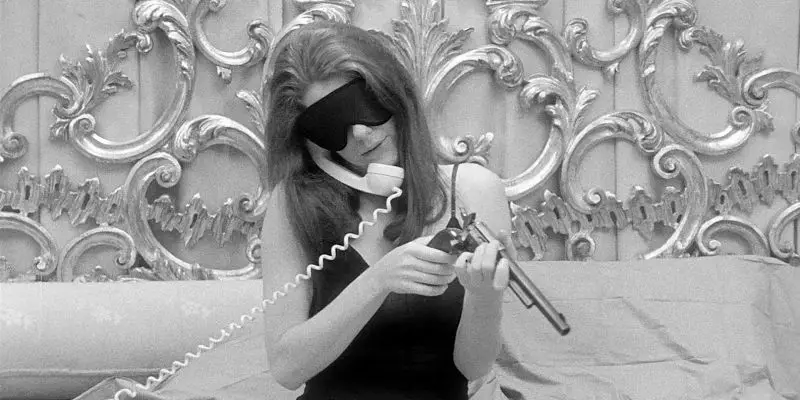Features

“The horror genre gets (us) in touch with our primal instincts as a people more than any other genre I can think of. It gives (us) this chance to … reflect on who we are and look at the … uglier side that we don’t always look at, and have fun with that very thing.” —Drew Goddard (IMDb) I may be a little late to the party (by about four or five years) but for those of you who have not yet seen Drew Goddard (writer and director) and Joss Whedon’s (writer and producer) The Cabin In The Woods be forewarned, this article contains spoilers.

In the beginning, there was light. It moved, it danced, it enthralled, but in the end, it was just light. Even in the silent era, exhibitors recognized the value of sound, coming up with a wide array of live and pre-recorded solutions to the problem of representing reality with only one of our five senses (and drained of color at that).

Ever since Jaws hoovered millions of bathers off the hot sandy beaches and into the cinemas in 1975, the Summer Movie Season has been the defacto launch pad for the biggest Hollywood blockbusters of each year. Along with Christmastime, the summer window between May and the end of August is where you would traditionally find the mega-budget sequels and franchises whipping audiences into a deranged frenzy with coffer-drainingly expensive promotional campaigns. So what was Batman vs Superman:
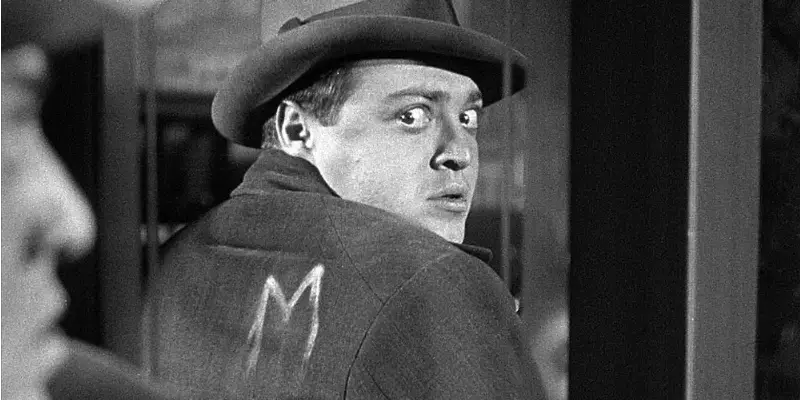
German silent cinema of the 1920’s produced some of the most influential directors in the art of film making. Most directors and screenwriters working during this period were highly influenced by the German Expressionism art movement. Directors displayed Expressionism art in their films by presenting a distorted reality, which showed the inner turmoil of the characters.
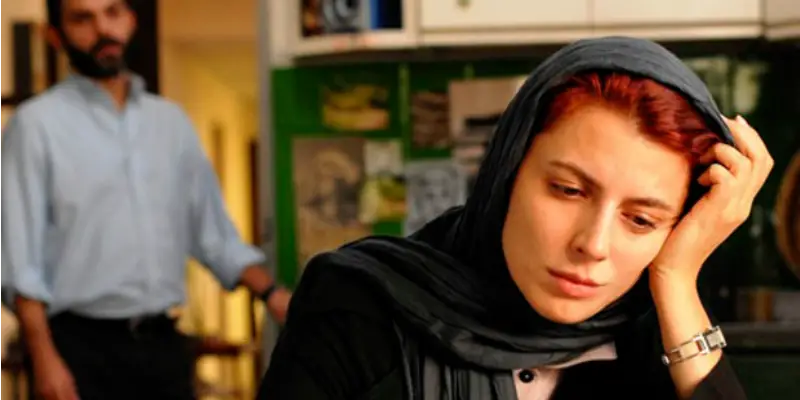
When we come across words like Arabic, Iranian, Palestinian, or any other Middle Eastern nationality, we immediately think of the difference in culture. Especially when it comes to women, we think of Islam’s (justified or not justified) reputation as an opponent of gender equality, an oppressor of women and the rule of men. This preconceived notion is slowly being challenged with a flood of films from the Middle East.
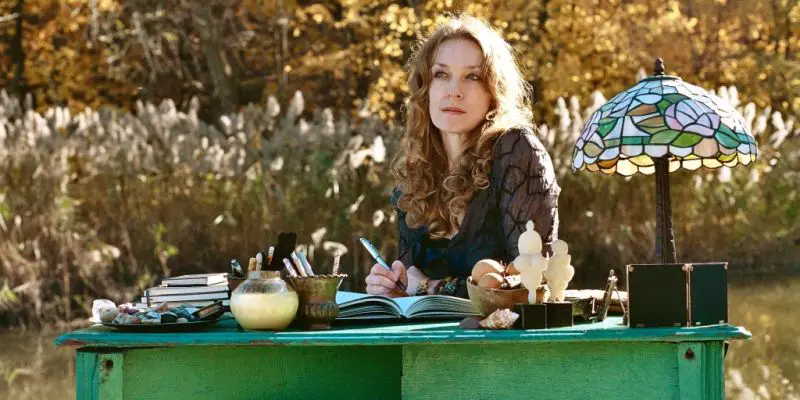
I recently had the pleasure of sitting down (via Skype) with director Deborah Kampmeier after a special preview screening of her newest film, SPLit. The film is premiering at the Sarasota Film Festival this year, so if you can go see it, get yourself down. Until you get the chance, check the trailer out here.

